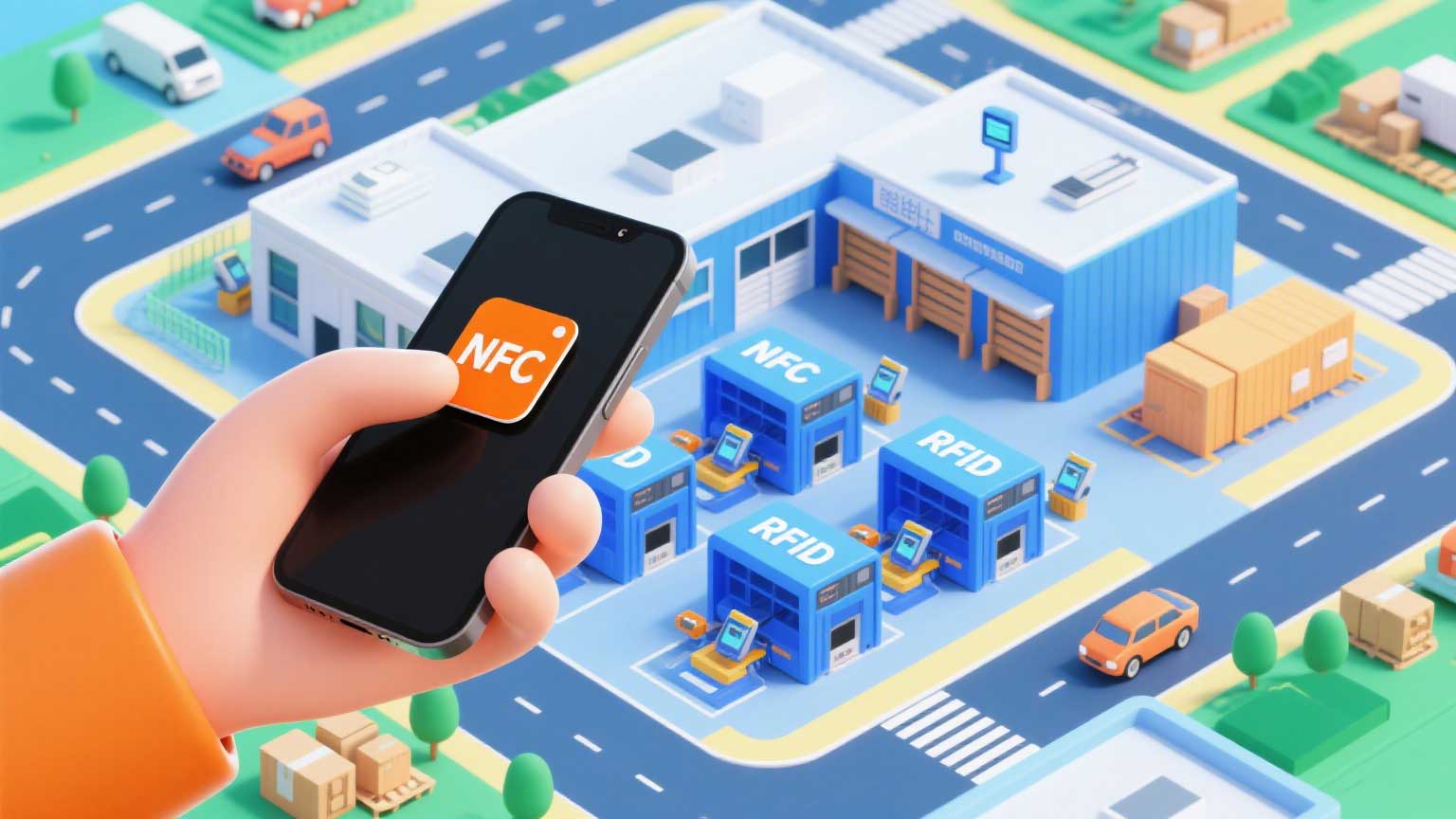What Security Features Do Handheld RFID Scanners Offer?
768Explore essential security features in handheld RFID scanners, including encryption, user authentication, and anti-tampering. Learn how Cykeo’s devices safeguard sensitive data.
MoreAll RFID Product
While both NFC (Near Field Communication) and RFID (Radio Frequency Identification) use radio waves for wireless communication, NFC is a specialized subset of RFID with distinct capabilities:
| Feature | NFC | RFID |
|---|---|---|
| Communication Range | 0–10 cm (touch-based) | Up to 100+ meters (UHF systems) |
| Data Transfer | Two-way (peer-to-peer) | One-way (tag → reader) |
| Frequency | 13.56 MHz (HF) | Low (125 kHz) to Ultra-High (860–960 MHz) |
| Use Cases | Contactless payments, device pairing | Inventory tracking, asset management |

| NFC Use Cases | RFID Use Cases |
|---|---|
| • Contactless payments (Apple/Google Pay) | • Warehouse inventory management |
| • Keyless hotel room entry | • Logistics container tracking |
| • Smartphone device pairing | • Livestock identification (LF) |
Cykeo Implementation Example:
Retailers use NFC for instant product info (tapping phone on shelf tags), while RFID automates stock counts via ceiling-mounted readers.
| Factor | NFC | RFID |
|---|---|---|
| Device Requirements | Requires NFC-enabled smartphones/terminals | Works with dedicated readers only |
| Interference Issues | Minimal (short range) | Metal/liquid can disrupt UHF signals |
| Cost Per Tag | 0.50–2 (complex chips) | 0.10–1 (simple UHF tags) |
💡 Key Insight: NFC devices can read most HF RFID tags, but not vice versa.
Choose NFC if you need:
Choose RFID if you require:
Cykeo Hybrid Solution:
Industrial asset tags combining UHF RFID for bulk scanning and NFC for field technician access via phones.
Emerging standards (e.g., RAIN RFID + NFC) enable dual-mode tags for:
Explore essential security features in handheld RFID scanners, including encryption, user authentication, and anti-tampering. Learn how Cykeo’s devices safeguard sensitive data.
Morehow exactly is RFID applied to inventory management? And what unique advantages does it offer?
MoreCompare RFID and barcode scanning costs for inventory management. Learn which system offers better ROI for warehouses, retail, and manufacturing.
MoreDiscover how RFID warehouse solutions slash errors and boost efficiency. Learn setup steps, real-world benefits, and Cykeo’s implementation best practices.
More